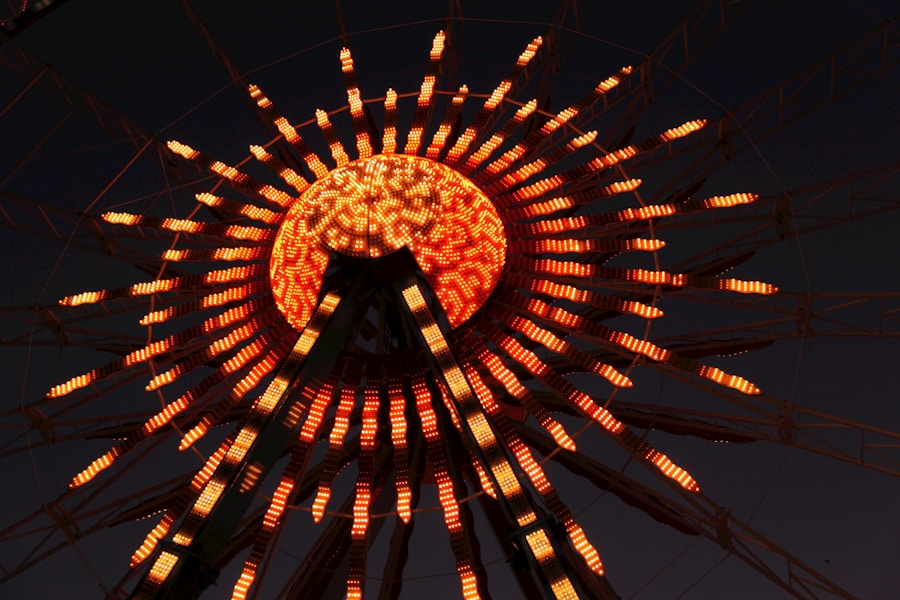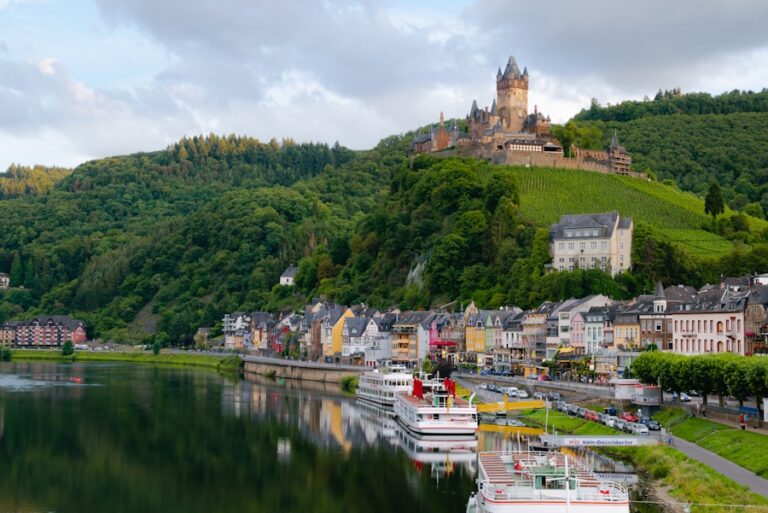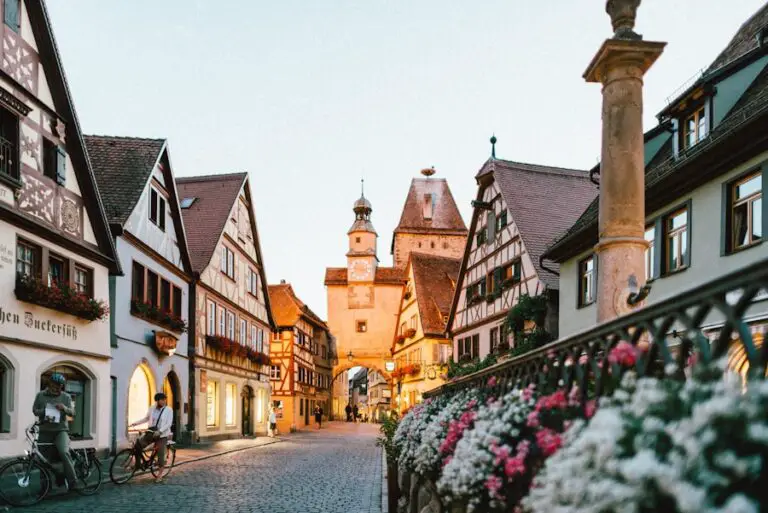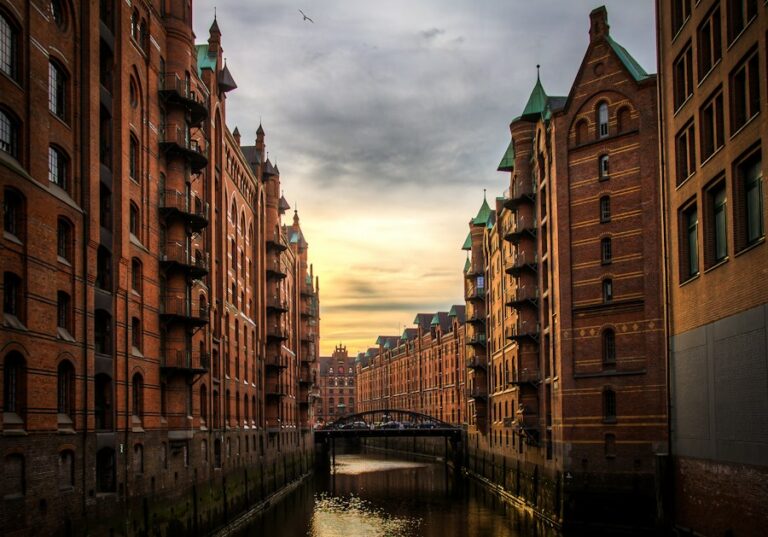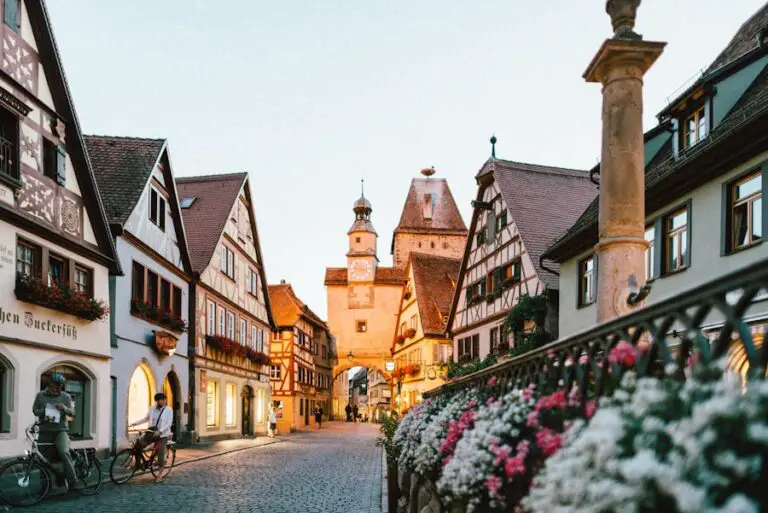From Glühwein to Gingerbread: The Ultimate Guide to German Christmas Traditions
Germany is known for its rich Christmas traditions and the festive atmosphere that fills the air during the holiday season. From the twinkling lights to the delicious treats, there is something truly magical about Christmas in Germany. Whether you are strolling through a Christmas market or sipping on a warm cup of Glühwein, the traditions and customs of German Christmas are sure to leave you feeling merry and bright.
Advent Wreaths and Calendars: A Countdown to Christmas
Advent is an important time in Germany, as it marks the beginning of the Christmas season. It is a time of anticipation and preparation for the birth of Jesus Christ. One of the most beloved traditions during Advent is the use of Advent wreaths and calendars.
Advent wreaths are typically made of evergreen branches and adorned with four candles, one for each Sunday leading up to Christmas. Each Sunday, a candle is lit to symbolize the passing of time and the anticipation of Christ’s birth. It is a beautiful tradition that brings families together as they gather around the wreath and reflect on the true meaning of Christmas.
Advent calendars are another popular tradition in Germany. These calendars are filled with small doors or pockets, each containing a surprise or treat for each day leading up to Christmas. Children eagerly open a door each day, counting down to the big day. It is a fun and exciting way to build anticipation and make the wait for Christmas even more special.
Christmas Markets: A Winter Wonderland of Festivities
One of the most iconic traditions of German Christmas is the Christmas market. These markets have a long history in Germany, dating back to the Middle Ages. They were originally held as a way for people to stock up on supplies for the winter months, but over time they evolved into festive gatherings filled with food, drinks, and entertainment.
Today, there are thousands of Christmas markets throughout Germany, each with its own unique charm. From the famous Nuremberg Christkindlesmarkt to the romantic market in Rothenburg ob der Tauber, these markets offer a winter wonderland of festivities. Visitors can stroll through rows of wooden stalls, filled with handmade crafts, ornaments, and gifts. They can indulge in traditional German foods like bratwurst and pretzels, and warm up with a cup of Glühwein or hot chocolate. The atmosphere is filled with the sounds of Christmas carols and the scent of cinnamon and spices. It truly is a magical experience that captures the spirit of German Christmas.
Glühwein: The Perfect Winter Warmer
No visit to a German Christmas market would be complete without a cup of Glühwein. This warm, spiced wine is a staple during the holiday season in Germany. It is the perfect drink to warm you up on a cold winter’s day.
Glühwein is made by heating red wine with spices such as cinnamon, cloves, and orange peel. It is often sweetened with sugar or honey and sometimes fortified with a shot of brandy or rum. The result is a deliciously aromatic drink that warms you from the inside out.
There are many variations of Glühwein, each with its own unique twist. Some markets offer white Glühwein, made with white wine instead of red. Others may add additional flavors such as vanilla or almond. No matter the variation, Glühwein is a beloved tradition that brings warmth and cheer to German Christmas celebrations.
Stollen and Lebkuchen: The Sweet Treats of German Christmas
German Christmas wouldn’t be complete without its delicious sweet treats. Two of the most famous treats are Stollen and Lebkuchen.
Stollen is a traditional German fruitcake that dates back to the 15th century. It is made with a rich, buttery dough that is filled with dried fruits, nuts, and spices. The cake is then baked and dusted with powdered sugar. Stollen is often enjoyed with a cup of coffee or tea and is a popular gift during the holiday season.
Lebkuchen, on the other hand, is a type of gingerbread that is synonymous with German Christmas. It is made with honey, spices, and nuts, and often decorated with icing or chocolate. Lebkuchen comes in many different shapes and sizes, from small cookies to large hearts or stars. It is a beloved treat that can be found at Christmas markets throughout Germany.
Christmas Trees and Decorations: A Festive Tradition
The tradition of decorating Christmas trees originated in Germany and has since spread around the world. It is believed to have started in the 16th century when Christians began bringing trees into their homes and decorating them with candles, apples, and other ornaments.
Today, the Christmas tree is an integral part of German Christmas celebrations. Families gather together to decorate the tree, often on Christmas Eve. They hang ornaments, tinsel, and lights, creating a beautiful display that fills the room with holiday cheer.
In addition to the tree itself, German households are also adorned with other festive decorations. Advent wreaths are hung on doors or placed on tables, while window sills are decorated with candles and greenery. It is a time when homes are transformed into magical winter wonderlands.
Krampus: The Dark Side of German Christmas
While German Christmas is filled with joy and cheer, there is also a darker side to the celebrations. In German folklore, Krampus is a mythical creature who accompanies Saint Nicholas on his rounds on December 5th, known as Krampusnacht.
Krampus is depicted as a horned creature with fur-covered legs and a long tongue. He carries chains and a bundle of birch branches, which he uses to swat naughty children. It is said that he takes these children away in his sack, while the well-behaved children are rewarded by Saint Nicholas.
Krampusnacht is celebrated in some parts of Germany with parades and festivals. People dress up as Krampus and roam the streets, scaring children and adults alike. It is a unique and somewhat eerie tradition that adds an element of excitement and suspense to German Christmas celebrations.
Christmas Eve: A Time for Family and Reflection
In Germany, Christmas Eve is the most important day of the Christmas season. It is a time for families to come together and celebrate the birth of Jesus Christ.
On Christmas Eve, families gather for a festive meal, often consisting of traditional German dishes such as roast goose or carp. After dinner, they exchange gifts and sing Christmas carols. Many families also attend a midnight church service to commemorate the birth of Christ.
In addition to these traditions, there are also regional customs observed on Christmas Eve. In some parts of Germany, children leave their shoes outside the door on Christmas Eve, hoping that Saint Nicholas will fill them with treats. In other regions, it is believed that animals can speak on Christmas Eve, so families make sure to leave food out for them.
Christmas Day: A Celebration of Food and Gifts
While Christmas Eve is the main day of celebration in Germany, Christmas Day is also a special time for families to come together and enjoy each other’s company.
One of the highlights of Christmas Day in Germany is the traditional Christmas meal. This often includes dishes such as roast goose or duck, red cabbage, potato dumplings, and Stollen for dessert. It is a feast fit for a king and a time to indulge in delicious food and drink.
After the meal, families exchange gifts and spend time together. It is a day filled with love, laughter, and gratitude for the blessings of the past year. It is a time to reflect on the true meaning of Christmas and to appreciate the joy and happiness that comes with being surrounded by loved ones.
Boxing Day and New Year’s Eve: The Festivities Continue
In Germany, the celebrations don’t end on Christmas Day. The festivities continue on Boxing Day, also known as Second Christmas Day. This day is a public holiday in Germany and is often spent with family and friends.
On Boxing Day, many Germans take part in outdoor activities such as ice skating or sledding. It is a time to enjoy the winter weather and make the most of the holiday season.
As the year comes to a close, Germans also celebrate New Year’s Eve with parties, fireworks, and champagne. It is a time to say goodbye to the old year and welcome in the new one with hope and excitement. Many people gather in public squares to watch fireworks displays, while others celebrate at home with family and friends.
Embracing German Christmas Traditions in Your Own Home
Embracing different cultures and traditions is an important part of celebrating the holiday season. Incorporating German Christmas traditions into your own home can add a touch of magic and create lasting memories for years to come.
To incorporate German Christmas traditions into your own home, you can start by decorating a Christmas tree with ornaments and lights. You can also create an Advent wreath or calendar to count down the days until Christmas. Consider baking traditional German treats such as Stollen or Lebkuchen, or try your hand at making Glühwein.
You can also embrace the spirit of giving by exchanging gifts with loved ones on Christmas Eve or Christmas Day. Consider incorporating regional customs such as leaving shoes outside the door for Saint Nicholas or leaving food out for animals on Christmas Eve.
By embracing German Christmas traditions, you can create a festive atmosphere in your own home and share in the joy and magic of the holiday season. Whether it’s enjoying a cup of Glühwein or decorating a Christmas tree, these traditions are sure to bring warmth and cheer to your celebrations.
Do you have questions about Germany? then contact us by using our Contact Me page. Checkout more posts by us on our Blog.

